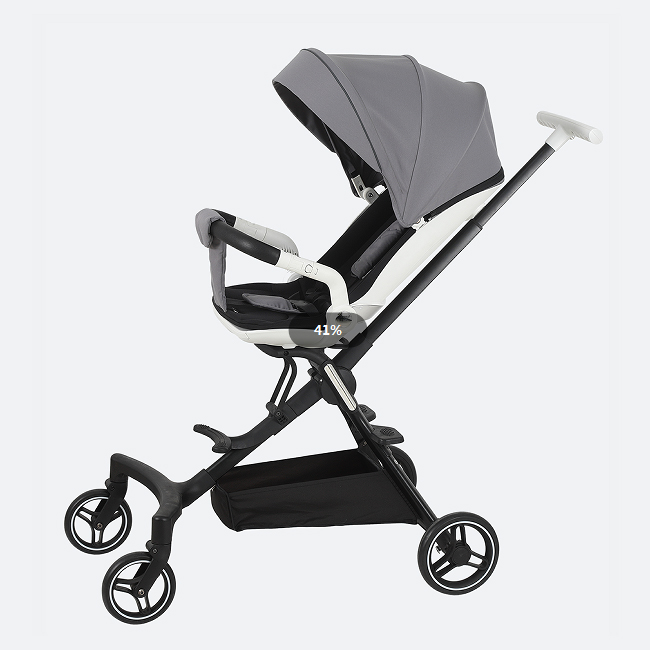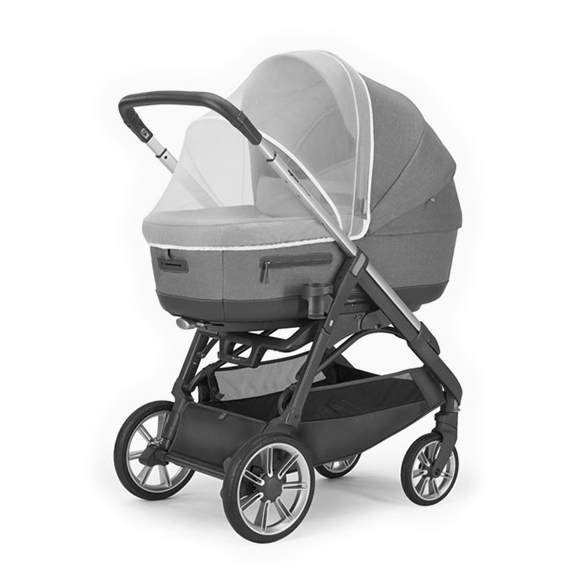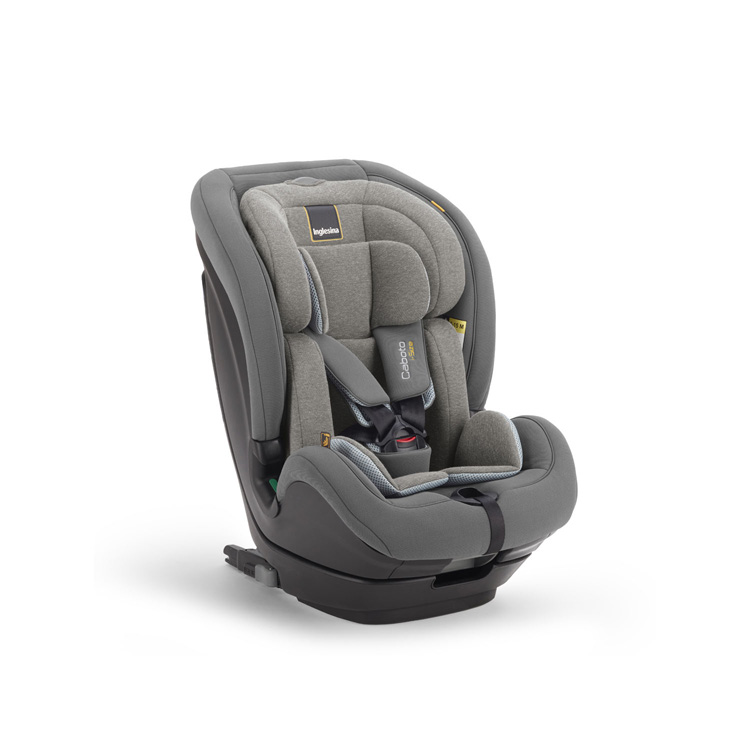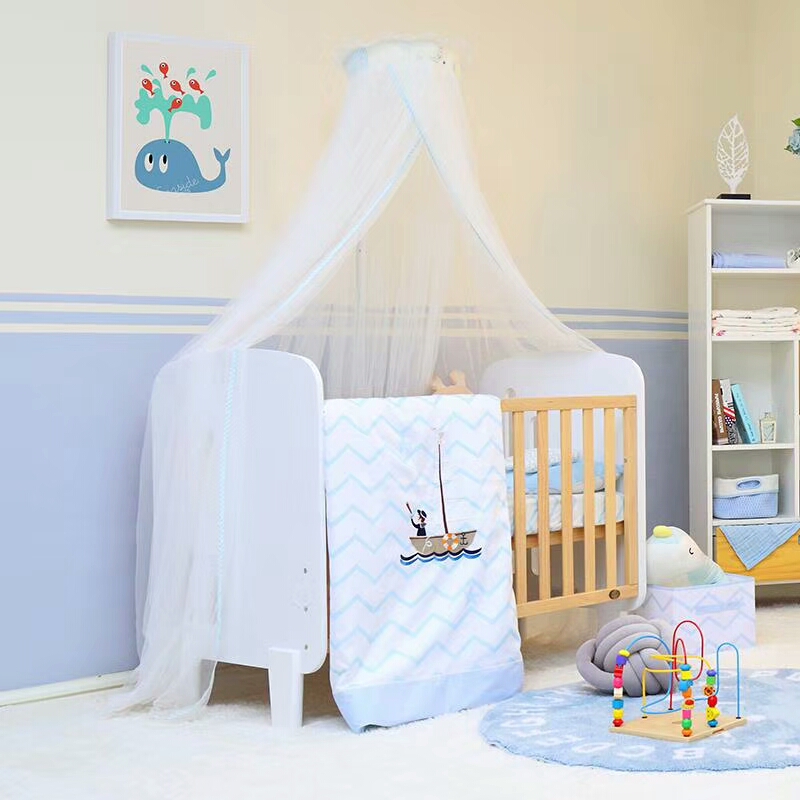A Must-Read for New Parents: How to Choose the Right Safe Baby Loungers
Every new parent will feel a tightness in their chest when they see the cases of infants dying due to the use of loungers announced by the U.S. Consumer Product Safety Commission (CPSC). Two babies died while co-sleeping with others using Mamibaby infant loungers, two died using Yoocaa infant loungers, and another baby died of suffocation while using a DHZJM infant lounger during sleep. Behind these numbers are the sorrows of many families. What's even more distressing is the data from the American Academy of Pediatrics - more than 3,000 infants in the United States die each year from sleep-related accidents. Infant loungers, which are supposed to be helpful tools for parents to comfort their babies, can potentially be safety hazards. As new parents, learning to choose the right infant lounger is an important lesson in ensuring your baby's safety.
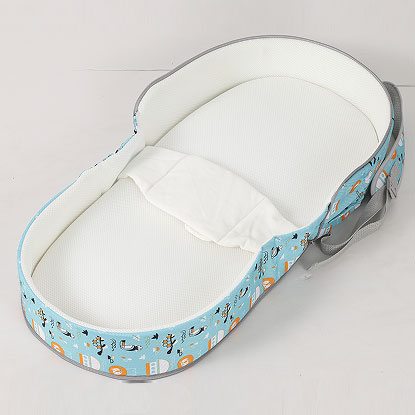
Avoid These Dangerous "Red Flag" Styles
When choosing an infant lounger, the first thing to do is to avoid styles with obvious safety hazards. From the cases reported by the CPSC, it can be found that some design flaws are important causes of tragedies. For example, in the case of the Yoocaa lounger mentioned, a 3-month-old baby got stuck between the bed and the wall when using the lounger on an adult bed. This indicates that the size and shape design of the lounger may be unreasonable, easily forming dangerous gaps in specific environments.
Therefore, parents should avoid choosing infant loungers that are too small, easy to move, and have insufficiently rounded edges. Such loungers can easily shift due to external forces during use, thereby forming gaps with surrounding objects and causing the baby to get stuck. In addition, loungers with non-fixed backrest angles that can suddenly tip over should not be chosen. If the lounger suddenly changes angle while the baby is lying on it, it may cause the baby's head to droop, triggering a suffocation risk.
Recognize Authoritative Certifications and Ensure Quality
Quality is the lifeline of baby products. When choosing an infant lounger, it is essential to recognize authoritative safety certification marks. Internationally, more credible certifications include those from the U.S. Consumer Product Safety Commission (CPSC) and the European CE certification. These certifications mean that the product has undergone strict testing and meets relevant standards in terms of material safety and structural stability.
When purchasing, parents should carefully check whether these certification marks are present on the product packaging and instructions. Do not trust "three-no products" (no manufacturer, no production date, no quality certificate) without any certifications. At the same time, pay attention to the material description of the product to ensure that the lounger uses non-toxic, harmless, and breathable materials. For example, the fabric is best made of pure cotton, which is not only soft and comfortable but also highly breathable, reducing the risk of skin allergies for the baby. The filling should be a material with uniform texture and moderate elasticity. Avoid using too hard or too soft fillings. Too hard may hurt the baby, while too soft may cause the baby to sink into it, affecting breathing.
Choose Appropriate Functions Based on the Baby's A
ge and Needs
Babies of different ages have different needs for infant loungers, and parents should choose according to the baby's actual situation. For newborns, their neck muscles are not yet fully developed and cannot support their heads independently. At this time, you need to choose a lounger whose backrest angle can be adjusted to nearly flat, and it is better to have a head support function to help the baby maintain a comfortable posture.
As the baby grows, around 3-6 months old, they begin to like to observe the surrounding environment. At this time, you can choose a lounger with a certain tilt angle that allows the baby to sit and lie halfway. You can also appropriately add some functions, such as a toy rack, which can attract the baby's attention and exercise their visual and hand movements. However, it should be noted that these additional functions must not affect the safety of the lounger. The toy rack should be firmly installed to avoid falling and hitting the baby.
In addition, consider the portability of the lounger. If parents often need to take the baby out, they can choose a foldable and lightweight baby lounger, which is convenient to carry and store. If it is mainly used at home, you can choose a style with better stability and more comprehensive functions.
Usage Notes After Purchase
Choosing the right infant lounger is only the first step; correct usage is equally important. Even the best-quality and most reasonably designed lounger should not be taken lightly.
First, do not let the baby sleep in the lounger for a long time, especially not let the baby sleep alone in the lounger. The American Academy of Pediatrics recommends that infants should sleep in a safe crib to reduce the risk of sleep-related accidents. The infant lounger can only be used as a tool for short-term rest or play, and parents must keep an eye on the baby at all times.
Second, do not place the infant lounger on soft surfaces such as sofas or beds, just like the Yoocaa lounger mentioned in the case, which caused danger when used on an adult bed. It should be placed on a flat, hard surface, and there should be no items around that may cause the baby to get stuck, such as pillows, quilts, toys, etc.
Finally, regularly check whether the structure of the lounger is loose or the parts are damaged. If any problems are found, repair or replace them in time, and do not continue to use a lounger with potential safety hazards.
The safety of infants is no small matter. Every new parent should be extremely vigilant and be more careful when choosing an infant lounger. It is hoped that these suggestions can help parents choose the right infant lounger, allowing the baby to grow up healthily in a safe and comfortable environment.



